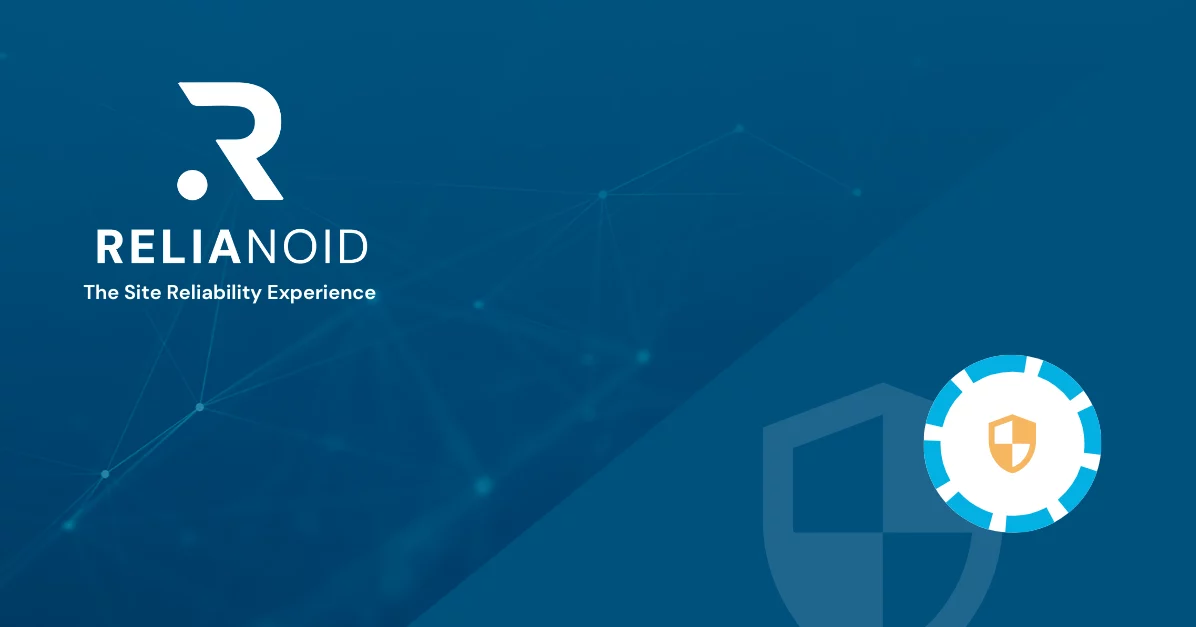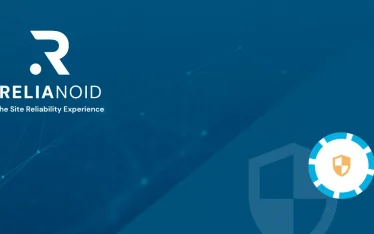The widespread adoption of virtualization in recent years has revolutionized the efficiency and scalability of IT infrastructure, offering cost-effective solutions to businesses. While over 90% of organizations have embraced server virtualization, the increasing use of various virtualization types, including desktop, application, and storage, has raised concerns about the associated security risks.
Is Virtualization a Security Risk?
Virtualization brings notable security advantages, such as improved availability, VM isolation from physical hardware, and enhanced security tools. Despite these benefits, the heightened adoption of virtualization makes it a target for hackers. It’s essential to recognize that virtualization presents security challenges similar to other components of information technology infrastructure.
Virtualization Security Issues and Risks
VM Sprawl
The uncontrolled proliferation of virtual machines can lead to compromised VMs with sensitive information. Implementing policies for periodic review and decommissioning of unused VMs is crucial.
Malware & Ransomware Attacks
Virtual machines are susceptible to malware and ransomware, requiring robust security controls, regular updates, and user training to prevent infections.
Network Configuration
Poor configuration choices, such as open firewall ports, can provide entry points for hackers. Properly managing multiple VMs is essential to avoid misconfigurations.
Access Controls
Unauthorized access to virtual infrastructure poses a significant threat. Strong access controls, including secure passwords, multi-factor authentication, and role-based access, are vital.
Security of Offline Virtual Machines
Offline backups are essential for disaster recovery, but outdated security configurations of offline VMs pose risks when brought back online.
Workloads with Different Trust Levels
Lack of security controls can result in test servers with low trust levels sharing physical hardware with high-trust production servers, posing security risks.
Hypervisor Security Controls
As the platform enabling VMs, the hypervisor can become a single point of failure without adequate security measures, potentially compromising the entire virtual infrastructure.
Cloud Service Provider APIs
For hybrid implementations, secure communication via APIs between the virtual environment and cloud services is crucial to prevent intrusion attempts and data breaches.
Virtualization Security Best Practices
Regular Updates and Patching
Keeping the hypervisor up-to-date with the latest security patches is crucial to address vulnerabilities and protect against exploits.
Hypervisor Hardening
Implementing security configurations to minimize the attack surface of the hypervisor, including disabling unnecessary services and applying access controls.
Access Controls and Authentication
Implementing strong access controls, multi-factor authentication, and role-based access to limit unauthorized access and modifications to the hypervisor.
Monitoring and Auditing
Implementing robust monitoring and auditing mechanisms to detect unauthorized activities and suspicious behavior within the hypervisor environment.
Hypervisor-Specific Security Solutions
Deploying specialized security solutions for hypervisor security, such as intrusion detection systems, virtual firewall appliances, and integrity monitoring tools.
Segmentation and Isolation
Implementing proper segmentation and isolation of virtual machines to prevent lateral movement and contain the impact of compromised VMs or hypervisors.
Policies and Procedures
Creating policies and procedures governing the management of virtual machines throughout their lifecycle, adapted to the organization’s unique needs.
Encryption of Offline VM Images
Enforcing encryption for offline VM images and backups to protect confidentiality and integrity.For organizations using external cloud service providers, ensuring encrypted connections and a private channel separate from regular Internet traffic is crucial.
VM Management Solutions
Using VM management solutions like VMware vSphere for effective maintenance, resource allocation, and automated security updates in the virtual infrastructure.
While virtualization brings substantial benefits to businesses, addressing security risks requires a comprehensive approach. By implementing best practices and staying vigilant, organizations can harness the power of virtualization while safeguarding their digital assets from potential threats; We can be your ally in achiving full securization. Let us help you.
Tags
cyber security,
Cybercrime,
enterprise,
high availability,
high performance,
load balancing,
networking,
security,
virtual,
virtualization,
vmware,
vulnerability




